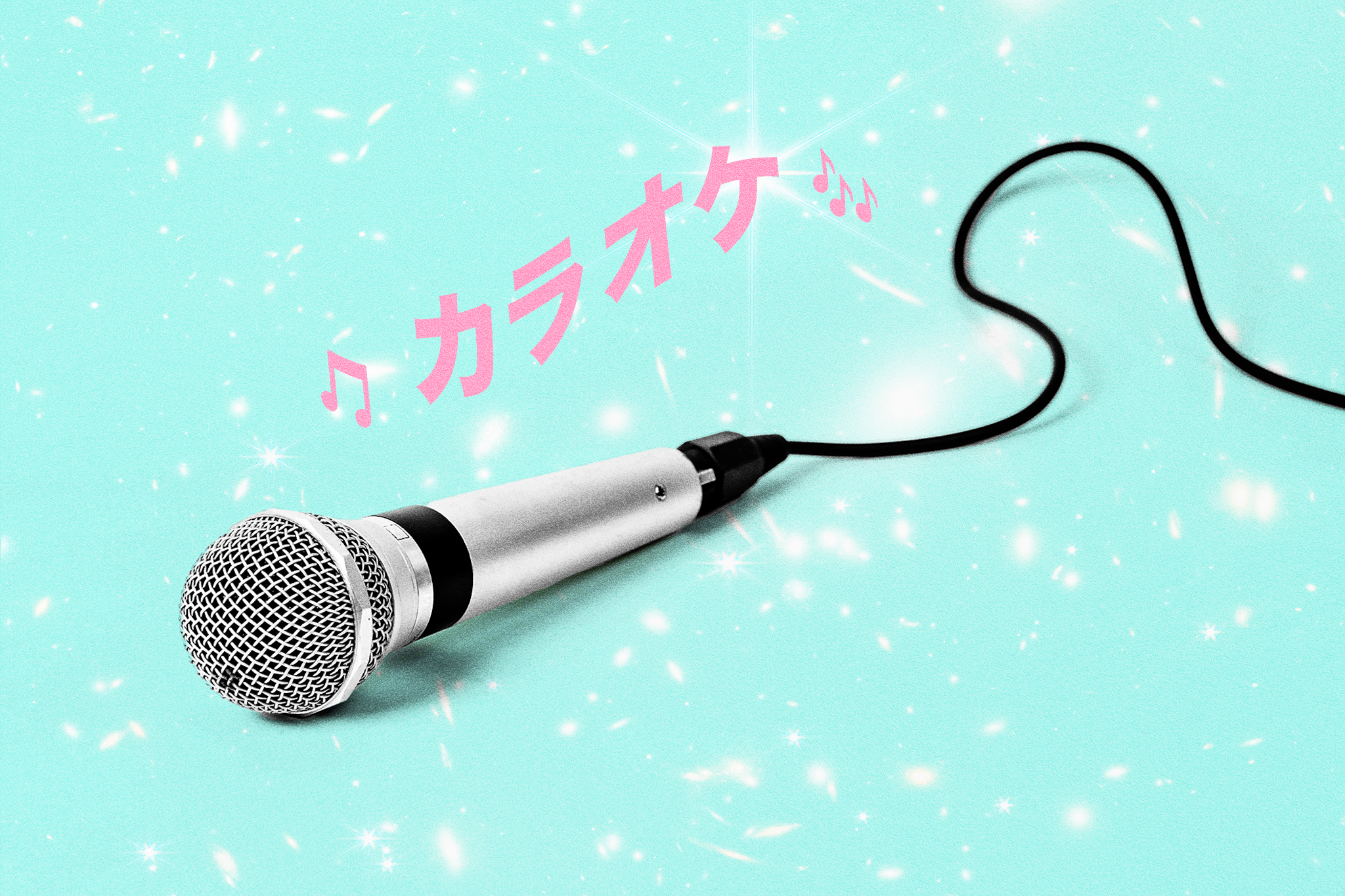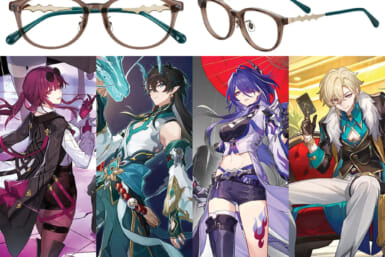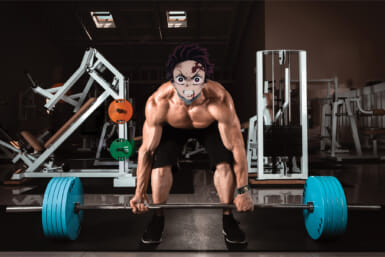These days, karaoke is everywhere. In the West, it is rightfully considered very Japanese, although Western visitors are often surprised to find it practiced differently in its country of origin. The Japanese are not inclined to embarrass themselves drunkenly before a considerable audience of equally drunk strangers. Instead, they find privacy in so-called karaoke boxes, where one can face the music alone or among a select number of friends and family members. That wasn’t always the case, though.
The Word Came First
It is hard to pin down the one definite point in history when karaoke, as we know it, was invented. Technical systems that might be considered predecessors of modern karaoke hardware were developed independently in at least five different parts of Japan during the 1960s. The word itself, which is a composite of ‘kara’ (empty) and a shortened version of ‘orchestra,’ had then already been in use for some time. However, initially, it did not refer to a form of entertainment for the masses but to professional singers using instrumental playback tracks for their performances when bands or orchestras could not be arranged. Karaoke was strictly a Japanese industry term before it became known as a global phenomenon.
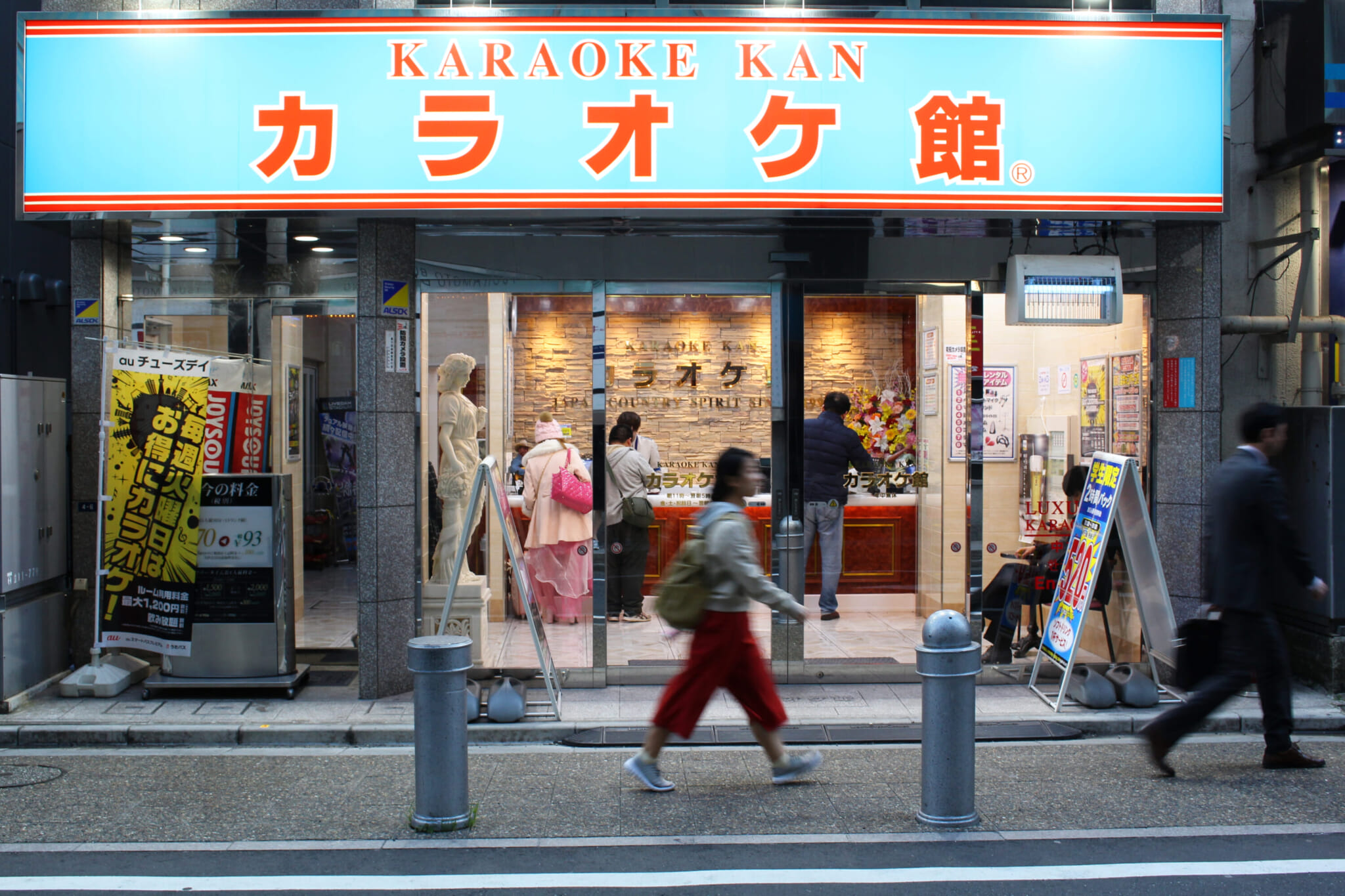
Photo by Ned Snowman via Shutterstock
The Sparko Box
Shigeichi Negishi is the first name that pops up when it comes to bragging rights for inventing karaoke. A Tokyo engineer running a factory specializing in assembling electronic devices, Negishi not only had the technical know-how to manufacture the first karaoke machine to be used commercially, he also possessed the true karaoke spirit. As he told writer Matt Alt when he tracked Negishi down while researching his 2020 book Pure Invention: How Japan Made the Modern World, he started every morning by singing along to a radio program playing instrumental versions of pop songs. One day in 1967, he was still singing when he entered his shop, only to be mocked by his head engineer. Negishi requested him to connect a microphone to a tape deck so he could get a better idea of his vocal stylings.
Unlike most laypeople, he did not recoil in horror from hearing his own voice. Negishi thought it was fun. And he was sure others would find it fun, too. He asked his staff to build a portable case for the machine and add a coin slot — there might be money in this contraption. Yes, it was the birth of… the Sparko Box.
That was what Negishi called his invention. The Sparko Box was a cube measuring about 50 centimeters on each side, equipped with a top-loading tape player, a microphone, controls for volume, balance and tone, plus a ¥100 coin slot. Its name was derived from a glass panel containing colorful lights adorning its front, flashing in tune with the music.
Negishi asked an acquaintance working at NHK how to expand his repertoire of songs. The man told him he needed to find ‘karaoke tapes,’ using the industry term. He liked the word and intended to rename his machine accordingly, but a business partner advised against it. It sounded too much like kanoke, the word for coffin.
Eventually, Negishi distributed his Sparko Boxes to local bars. Customers were crazy about them. Traveling musicians weren’t. Bar owners often returned the devices after being harassed by entertainers seeing their livelihoods threatened. However, the box became a lasting hit in love hotels, primarily due to the colorful flashing lights on the front, which went well with the interior design commonly found in those places.
Meanwhile, in Kobe
Daisuke Inoue and Negishi have several things in common: They both invented early versions of karaoke machines, didn’t bother with having their inventions patented and didn’t call their creations karaoke. Inoue called his 8 Juke. His box, which first came to use in the snack bars and hostess clubs of Kobe’s Sannomiya entertainment district in the early 1970s, followed the basic principles of the Sparko Box. Inoue, however, acknowledged and addressed the difficulties most non-singers have with singing popular songs. A professional musician himself, he recorded instrumental tracks in keys easier to master for casual revelers.
While the 8 Juke faced the same opposition from disgruntled live performers as the Sparko Box, it eventually caught on and became a hit well past the Kobe city limits (Inoue hiring pretty hostesses to explain the concept helped). Big consumer electronics companies like JVC jumped on the bandwagon and mass production started.
In the mid-70s, yet another entrepreneur — Roberto del Rosario — invented what he called the Sing Along System (SAS). It was pretty much what the name implied. In other words, it wasn’t that different from other systems already making the rounds. One thing, though, set Rosario apart from Inoue and Negishi: The Filipino businessperson did all the pesky paperwork and became the sole patent holder for everything karaoke. He reaped the rewards until his death in 2003.
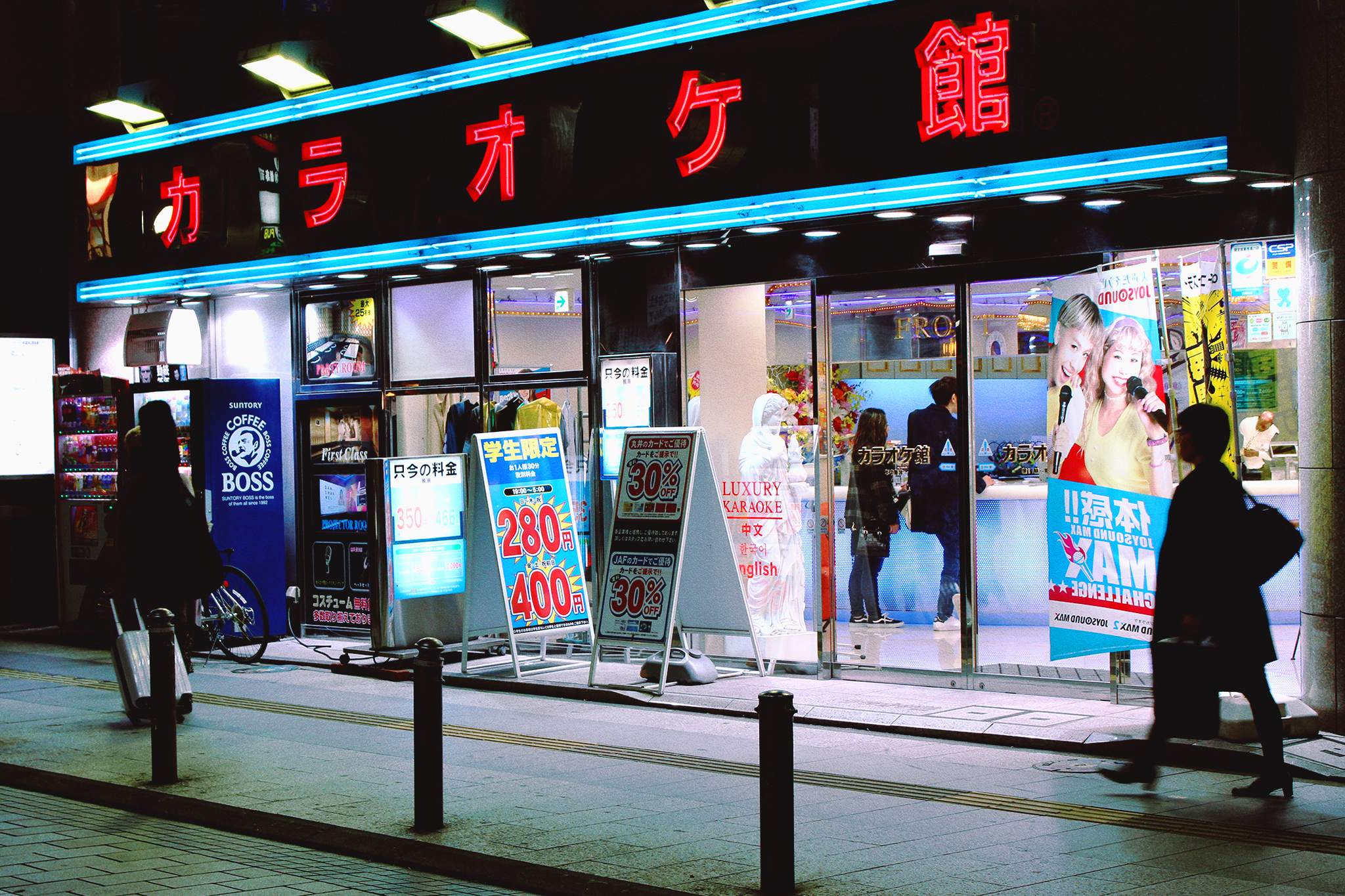
Glory Days of Karaoke
One thing was still missing when Japan entered its hard-partying bubble economy decade: subtitles. Until 1981, karaoke singers had to make sure they had the lyrics to their favorite tunes memorized or written down. It was another, far more short-lived invention that brought the words conveniently onto the screen: the LaserDisc. While the LP-sized predecessor of the DVD never caught on outside of Japan and a few other Asian markets, it was a LaserDisc-based karaoke machine from Pioneer that made this pastime even more accessible. In turn, it was karaoke that held that medium alive longer than one might think. The last documented LD title was produced in 2003. It was a karaoke disc.
For karaoke to survive in the 1980s, it needed to adapt to the tastes of younger generations. In the early years, there was only one genre of music to sing — enka. Enka songs are sentimental, folksy ballads preferred by older generations. Soon, savvy karaoke music licensers identified a star fit to lure in the kids. It was not a glamorous, homegrown city-pop starlet but a man most often seen emphasizing his working-class roots in plain T-shirts and blue jeans — and he was born in the U.S.A. In 1985, Japan was as crazy about Bruce Springsteen as the rest of the free world, and “Born in the U.S.A.” became the first contemporary pop-rock album to be fully licensed for karaoke.
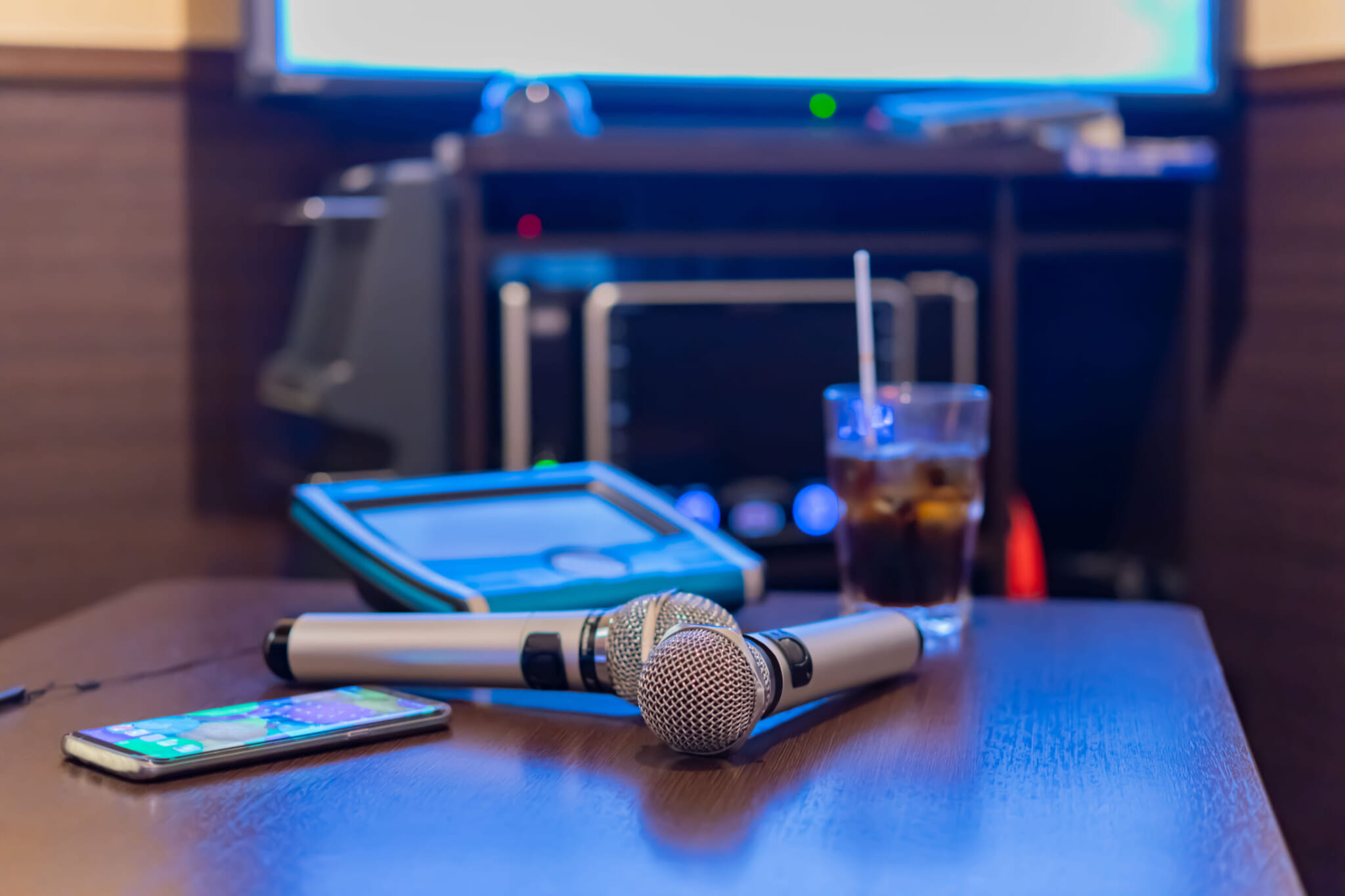
Karaoke Today
While karaoke spread into bars and nightclubs around the world, Japanese karaoke became a more private affair. Centers containing several smaller, more-or-less sound-isolated rooms became the norm. Today, it’s not unusual for solitary patrons to sing entirely on their own. Professional performers like to take advantage of daytime discounts to hone their craft — belting it out in a karaoke box is less disruptive than doing it in your thin-walled rental apartment and less expensive than a proper rehearsal space.
Nevertheless, karaoke hasn’t lost its party character. Disco lights illuminate modern karaoke rooms, drinks and snacks can be ordered by house phone (you might have to shout), and rhythm instruments like tambourines and maracas are provided for extra fun. Karaoke equipment for home-use is widely available and the concept has spread to video games and mobile devices.
But what happened to those early pioneers? While Negishi’s Sparko Boxes enjoyed considerable success, he decided the business was too much of a hassle and happily returned to assembling electronic devices for others. Inoue also turned his back on the hardware side of karaoke, but he stayed within the business, at one point making a killing in music licensing. He also invented a detergent specifically for cleaning karaoke equipment. That time, he got the patent.

